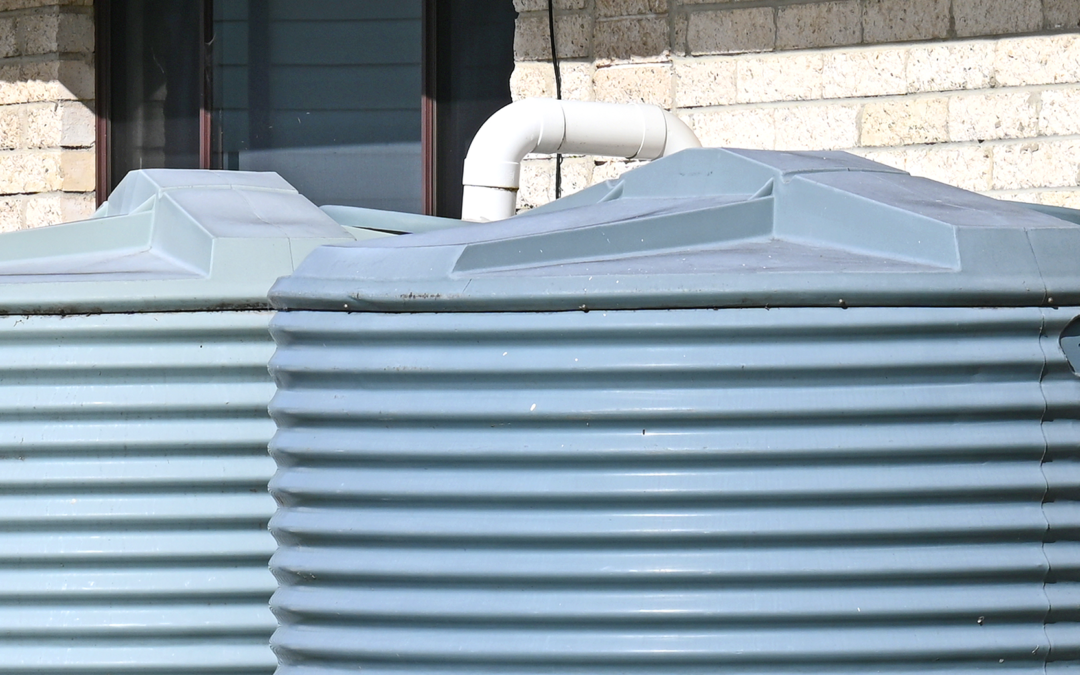The guidelines were updated in response to an increased interest in rainwater tanks thanks to widespread drought conditions, increased water restrictions and predictions of worldwide shortages of fresh water as populations continue to grow.
The guidelines consolidate the most up-to-date information and advice available at the time as a resource for Environmental Health Officers, professionals and members of the public.
An overview
Rainwater tanks can diminish the hurt to our conduits caused by as well much storm water. It limits water utilization when use in toilet, clothing or garden. It also reduces strain on the storm water waste system. And retain water near to source. reduce location run-off and flood peaks.
The first three chapters in the national guidelines discuss the use of rainwater in Australia in general.
Chapter 4 examines potential hazards and health risks, with a view of understanding threats to water quality. Chapter 5 then discusses appropriate preventative measures, safeguards and maintenance and monitoring activities that can be used to prevent these hazards from contaminating your rainwater supply. In particular, filtration, first flush diversion and water treatment are recommended, along with appropriate measures for mosquito control and Rain Harvesting system maintenance.
The final chapters provide further recommendations and also discuss different tank options, other water sources, and relevant legislation.
Main “take aways”
As you will see from the enHealth Council guidelines, a reasonably low level of planning, management and maintenance can ensure the provision of good quality water that can be used for a wide range of purposes. These purposes range from bathing, laundry, toilet flushing and garden watering to food preparation and drinking. The guidelines do not prohibit using rainwater for drinking. However, they caution that rainwater supplies should be well-managed in order to ensure they remain a safe source of drinking water.
Download
You can download a copy of the national guidelines here.
A quick perusal of the national guidelines will reveal that the Rain Harvesting system designs recommended by Blue Mountain Co have been developed in line with these guidelines and leading research into rainwater harvesting and storage.
Click here to view our Rain Harvesting system designs or learn more about how you can design a Rain Harvesting System that maximises water quality to deliver fit-for-purpose water for use around your property.
